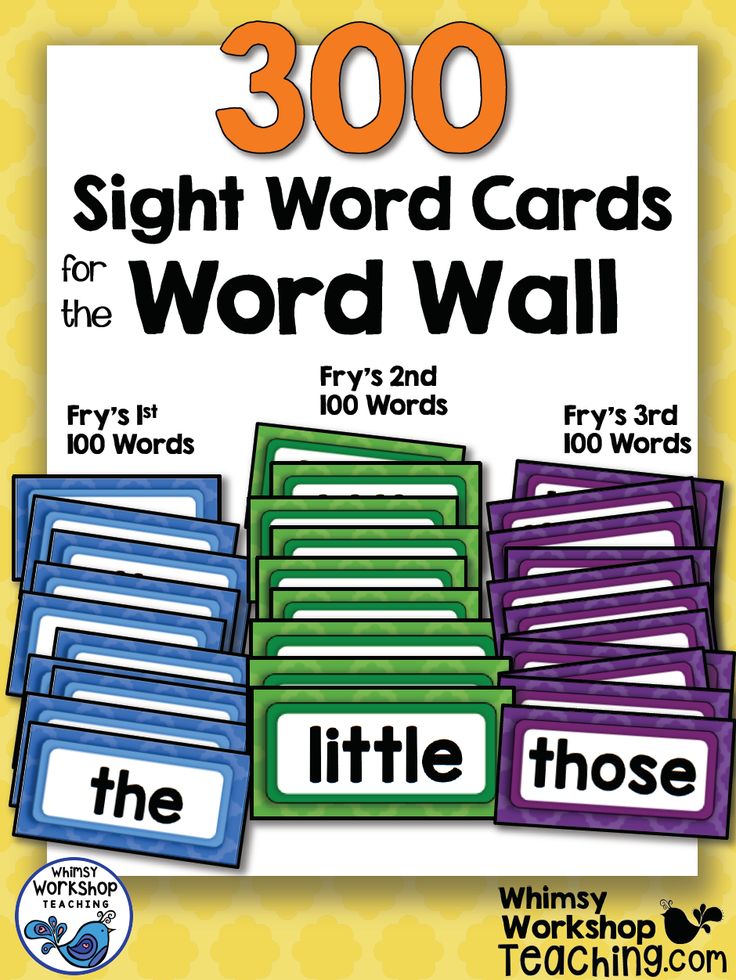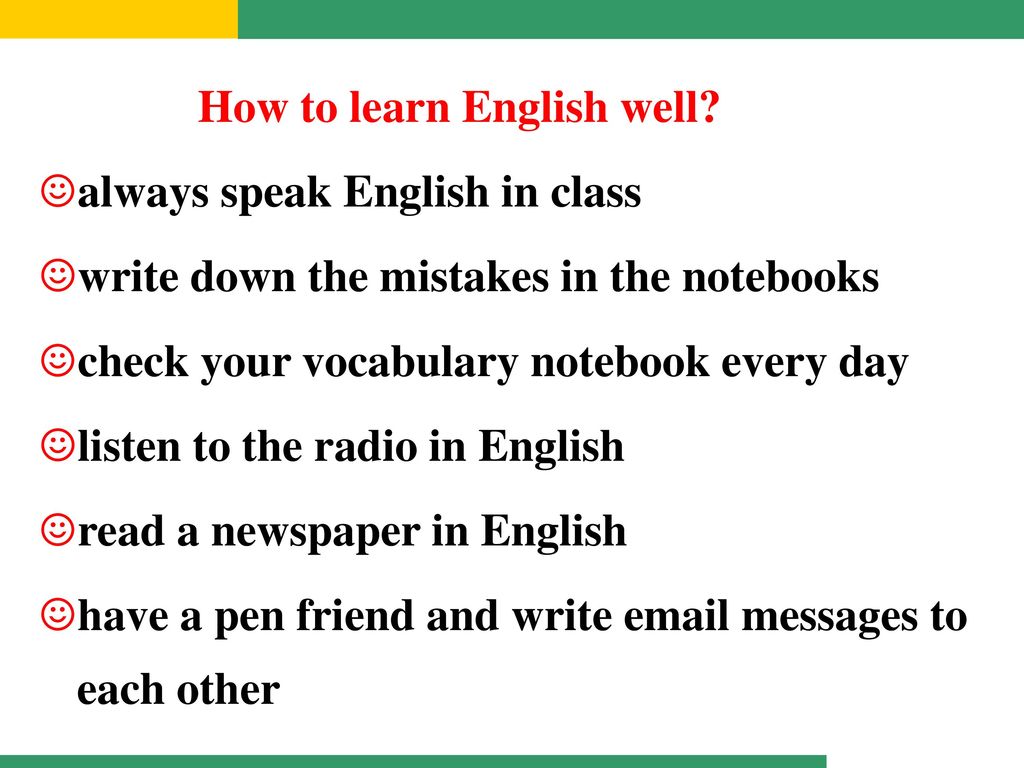Rhyming with them
Near rhymes with themB-Rhymes | B-Rhymes
| Word | Pronunciation | Score ? | ||
|---|---|---|---|---|
| 1 | exempt | egzem_t | 2284 | Definition |
| 2 | ahem | uhhem | 2273 | Definition |
| 3 | hem | hem | 2273 | Definition |
| 4 | phlegm | f_lem | 2273 | Definition |
| 5 | hemp | hem_p | 2273 | Definition |
| 6 | stem | s_tem | 2273 | Definition |
| 7 | contemn | kuhntem | 2204 | Definition |
| 8 | contempt | kuhntem_p_t | 2204 | Definition |
| 9 | attempt | uhtem_t | 2204 | Definition |
| 10 | quem | k_wem | 2204 | Definition |
| 11 | kemp | kem_p | 2204 | Definition |
| 12 | tempt | tem_p_t | 2204 | Definition |
| 13 | clem | k_lem | 2204 | Definition |
| 14 | thames | tem_z | 2204 | Definition |
| 15 | unkempt | ankem_p_t | 2204 | Definition |
| 16 | thence | dhen_s | 2198 | Definition |
| 17 | then | dhen | 2198 | Definition |
| 18 | resent | rizen_t | 2189 | Definition |
| 19 | vent | ven_t | 2189 | Definition |
| 20 | revenge | riven_j | 2189 | Definition |
| 21 | represent | reprizen_t | 2189 | Definition |
| 22 | reinvent | reeinven_t | 2189 | Definition |
| 23 | invent | inven_t | 2189 | Definition |
| 24 | prevent | p_riven_t | 2189 | Definition |
| 25 | misrepresent | misreprizen_t | 2189 | Definition |
| 26 | zen | zen | 2189 | Definition |
| 27 | event | iven_t | 2189 | Definition |
| 28 | circumvent | serrkuhmven_t | 2189 | Definition |
| 29 | avenge | uhven_j | 2189 | Definition |
| 30 | suspend | suhs_pen_d | 2178 | Definition |
| 31 | offend | uhfen_d | 2178 | Definition |
| 32 | offense | uhfen_s | 2178 | Definition |
| 33 | suspense | suhs_pen_s | 2178 | Definition |
| 34 | strength | s_t_reng_th | 2178 | Definition |
| 35 | unspent | ans_pen_t | 2178 | Definition |
| 36 | overspend | uh_uuvuhrs_pen_d | 2178 | Definition |
| 37 | percent | perrsen_t | 2178 | Definition |
| 38 | sen | sen | 2178 | Definition |
| 39 | stench | s_ten_ch | 2178 | Definition |
| 40 | spent | s_pen_t | 2178 | Definition |
| 41 | spend | s_pen_d | 2178 | Definition |
| 42 | spence | s_pen_s | 2178 | Definition |
| 43 | french | f_ren_ch | 2178 | Definition |
| 44 | sense | sen_s | 2178 | Definition |
| 45 | send | sen_d | 2178 | Definition |
| 46 | sent | sen_t | 2178 | Definition |
| 47 | scent | sen_t | 2178 | Definition |
| 48 | forfend | fawrfen_d | 2178 | Definition |
| 49 | cent | sen_t | 2178 | Definition |
| 50 | expend | eks_pen_d | 2178 | Definition |
| 51 | cents | sen_t_s | 2178 | Definition |
| 52 | distend | dis_ten_d | 2178 | Definition |
| 53 | dissent | disen_t | 2178 | Definition |
| 54 | dispense | dis_pen_s | 2178 | Definition |
| 55 | descent | disen_t | 2178 | Definition |
| 56 | descend | disen_d | 2178 | Definition |
| 57 | defense | difen_s | 2178 | Definition |
| 58 | comprehend | komp_rihen_d | 2178 | Definition |
| 59 | defence | difen_s | 2178 | Definition |
| 60 | consent | kuhnsen_t | 2178 | Definition |
| 61 | concent | kuhnsen_t | 2178 | Definition |
| 62 | expense | eks_pen_s | 2178 | Definition |
| 63 | befriend | bif_ren_d | 2178 | Definition |
| 64 | extend | eks_ten_d | 2178 | Definition |
| 65 | apprehend | aaprihen_d | 2178 | Definition |
| 66 | hence | hen_s | 2178 | Definition |
| 67 | hen | hen | 2178 | Definition |
| 68 | friends | f_ren_d_s | 2178 | Definition |
| 69 | friend | f_ren_d | 2178 | Definition |
| 70 | defend | difen_d | 2178 | Definition |
| 71 | ascend | uhsen_d | 2178 | Definition |
| 72 | fend | fen_d | 2178 | Definition |
| 73 | fence | fen_s | 2178 | Definition |
| 74 | ascent | uhsen_t | 2178 | Definition |
| 75 | fen | fen | 2178 | Definition |
| 76 | assent | uhsen_t | 2178 | Definition |
| 77 | extent | eks_ten_t | 2178 | Definition |
| 78 | condescend | kondisen_d | 2178 | Definition |
| 79 | rpm | arrpeeem | 2159 | Definition |
| 80 | ibm | ah_ibeeem | 2159 | Definition |
| 81 | preempt | p_reeem_p_t | 2159 | Definition |
| 82 | m | em | 2159 | Definition |
| 83 | em | em | 2159 | Definition |
| 84 | trench | t_ren_ch | 2109 | Definition |
| 85 | trend | t_ren_d | 2109 | Definition |
| 86 | trent | t_ren_t | 2109 | Definition |
| 87 | unclench | ank_len_ch | 2109 | Definition |
| 88 | quenched | k_wen_ch_d | 2109 | Definition |
| 89 | repent | ripen_t | 2109 | Definition |
| 90 | retrench | rit_ren_ch | 2109 | Definition |
| 91 | superintend | suupuhrinten_d | 2109 | Definition |
| 92 | tenth | ten_th | 2109 | Definition |
| 93 | tense | ten_s | 2109 | Definition |
| 94 | tend | ten_d | 2109 | Definition |
| 95 | tench | ten_ch | 2109 | Definition |
| 96 | ten | ten | 2109 | Definition |
| 97 | tashkent | taashken_t | 2109 | Definition |
| 98 | subtend | suhbten_d | 2109 | Definition |
| 99 | tent | ten_t | 2109 | Definition |
What is B-Rhymes?
B-Rhymes is a rhyming dictionary that's not stuck up about what does and doesn't rhyme. As well as regular rhymes, it gives you words that sound good together even though they don't technically rhyme.
Words That Rhyme with Them - Them Rhymes
- Home
- Rhymes For Them
We found 119 rhymes for Them
You can browse the rhymes for Them below. Click on any word to find out the definition, synonyms, antonyms, and homophones.
| Rhyme | Len. | Syllables | PoS |
|---|---|---|---|
| Alum | 4 | 2 | noun |
| Ancrum | 6 | 2 | noun? |
| Baucum | 6 | 2 | noun? |
| Become | 6 | 2 | verb |
| Behm | 4 | 1 | noun? |
| Bem | 3 | 1 | noun? |
| Bethlehem | 9 | 3 | noun |
| Blehm | 5 | 1 | noun? |
| Bluhm | 5 | 1 | noun? |
| Boyum | 5 | 2 | noun? |
| Brehm | 5 | 1 | noun? |
| Brem | 4 | 1 | noun? |
| Brum | 4 | 1 | noun? |
| Brumm | 5 | 1 | noun? |
| Bum | 3 | 1 | noun, verb, adjective satellite |
| Cardizem | 8 | 3 | noun |
| Chem | 4 | 1 | noun? |
| Chum | 4 | 1 | noun |
| Clem | 4 | 1 | noun? |
| Clum | 4 | 1 | noun? |
| Come | 4 | 1 | verb, noun |
| Condemn | 7 | 2 | verb |
| Crum | 4 | 1 | noun? |
| Crumb | 5 | 1 | noun, verb |
| Crumm | 5 | 1 | noun? |
| Cum | 3 | 1 | noun |
| Dehm | 4 | 1 | noun? |
| Demme | 5 | 1 | noun? |
| Diadem | 6 | 3 | noun |
| Difm | 4 | 1 | noun? |
| Drum | 4 | 1 | noun, verb |
| Dum | 3 | 1 | noun? |
| Dumb | 4 | 1 | adjective satellite |
| Dumm | 4 | 1 | noun? |
| Em | 2 | 1 | noun |
| Emme | 4 | 1 | noun? |
| Exum | 4 | 2 | noun? |
| Femme | 5 | 1 | noun? |
| Fm | 2 | 2 | noun |
| From | 4 | 1 | noun? |
| Frum | 4 | 1 | noun? |
| Gem | 3 | 1 | noun |
| Gemme | 5 | 1 | noun? |
| Glum | 4 | 1 | adjective satellite |
| Gmbh | 4 | 1 | noun? |
| Grum | 4 | 1 | noun? |
| Gum | 3 | 1 | noun, verb |
| Gumm | 4 | 1 | noun? |
| Hem | 3 | 1 | noun, verb |
| Hemm | 4 | 1 | noun? |
Previous 1 2 3 Next
Advertisement
Synonyms of Them
No Synonyms Found.
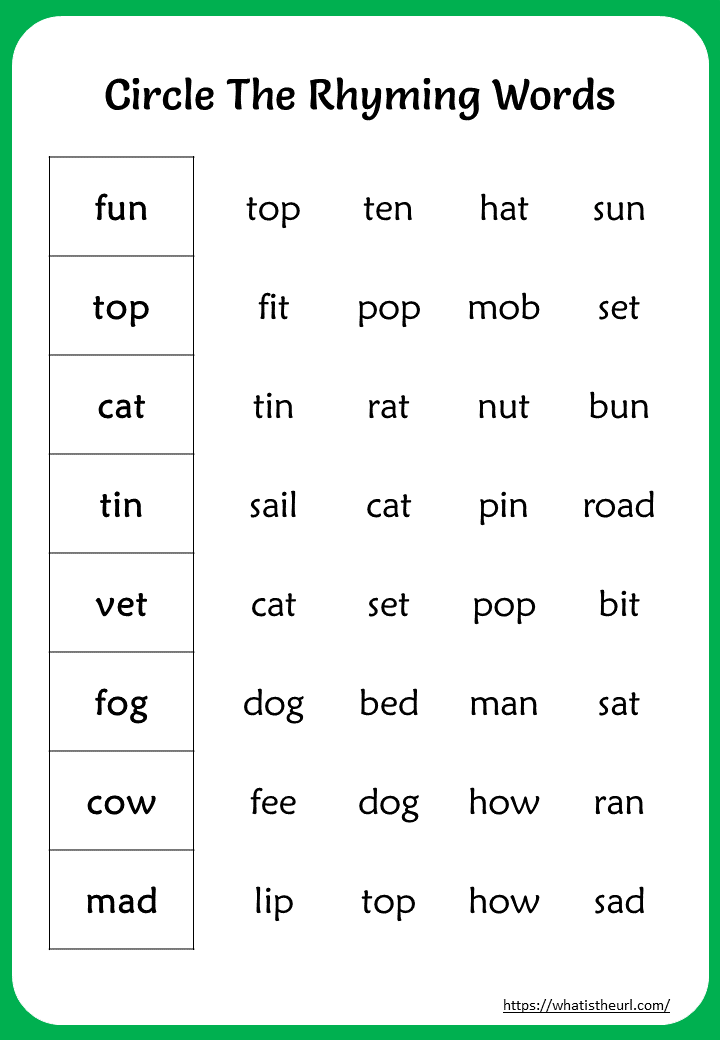
Antonyms of Them
No Antonyms Found.
Homophones of Them
No Homophones Found.
Mirage rhymes and work with them
Wrote for a master class in the poetic community VKontakte such a text on the types of rhymes that I call "mirage". I'm posting it here in case anyone is interested.
Each of us has a good idea of what classical rhyme is. However, sometimes an artistic task requires - or the soul asks - non-standard techniques. As one of them, there may be a non-standard type of rhyme. I know four of them: semi-rhymes, visual rhymes, consonant rhymes close to them and close relatives of classical rhymes - assonance.
It is technically very easy to build a semi-rhyme: the end of one rhyming line should be exactly one syllable longer than the other, and everything should rhyme as usual, except for this “tail”. The saturation of a semi-rhyme is a common subject of controversy among gourmets: some claim that it is tastier in a depleted form, while others, on the contrary, advocate the sharpness of the rhyming parts.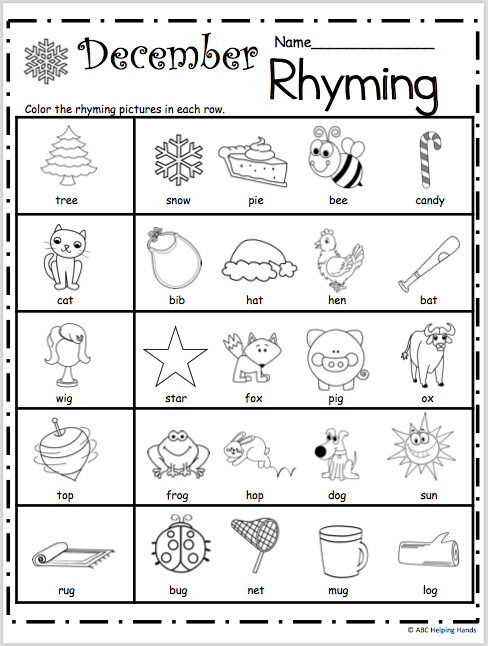
In examples and samples it looks like this:
glove - seal, rubbish - gingerbread, lasso - sleepless, sun - sleep
By the nature of a semi-rhyme, it is obvious that a poem written on it will alternate between feminine and masculine or dactylic and feminine rhymes, and that the most convenient way to rhyme with it is in pairs.
Here's how it might look like (my study, specially for this MK):
Old moon, pale as a corpse,
smoking a pipe in a gypsy way;
lowering a white ladder to the sea,
beckoning an Arab woman up to her to escape,
a maiden with the face of a bronze moon -
does she really suit a sad hijab
mortal life? Sleep Wave
is ready and just waiting for a signal.
However, whole poems are written in semi-rhyme very rarely, preferring to insert it as an accent.
The visual rhyme is believed to have been invented by the British. This is a rhyme based on the visual coincidence of the endings of words (usually only the last syllable) and the absence of a real rich consonance (but invariably the presence of a depleted one, since the letters still denote sounds).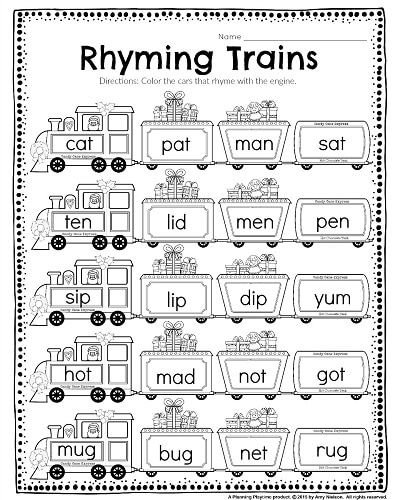 In addition to British poets, rappers of all countries use this strange rhyme. I have not seen a single poem created entirely on visual rhyme, but rappers add it as a kind of seasoning to texts rhymed in the most common way.
In addition to British poets, rappers of all countries use this strange rhyme. I have not seen a single poem created entirely on visual rhyme, but rappers add it as a kind of seasoning to texts rhymed in the most common way.
An example of such a rhyme:
full - moon, ore - true, chairs - crooks, hiding place - tonic, charms - weaving
Such a rhyme can sound very interesting if it is supported by alliteration or assonance of rhyming words.
Especially for the master class, I went to great lengths to experiment and composed an etude already on a visual rhyme.
Do not ask how I got here,
do not be afraid, I am your devoted supporter!
Look at my hand, how joyfully my ring burns
- let it incite you,
after all, he is a gift from your father,
a worthy and glorious Gascon
and my uncle - oh, orphan,
now you are under the protection of Lancelot!
Yes, looking at this exercise, you understand why visual rhyme is used just as a seasoning, and not the main ingredient :)
Visual rhyme's sister is consonant rhyme, based on the coincidence of consonants around stressed vowels and the difference between stressed vowels themselves. Like a regular rhyme, it can be of varying degrees of saturation. Here is a rich consonant rhyme:
Like a regular rhyme, it can be of varying degrees of saturation. Here is a rich consonant rhyme:
frost - reprise, hat - mistake, mountains - Uyghurs, doors - creatures poetic ways.
An unsaturated consonantal rhyme cannot be masculine, because in this case all interestingness disappears in it. Here are examples of female unsaturated consonant rhymes:
grief - megera, creature - believes, bast - magnifying glass
Obviously, in order for a poem to "sound" on an unsaturated consonant rhyme, this rhyme must be supported by another play of sounds, for example, alliteration.
If you look again at my study of the moon and the Arab woman, you will notice that, while adjacent lines of the poem are connected by a semi-rhyme, there is also a cross-rhyme with a consonant rhyme:
Both types of rhymes are rather unstable, mirage, but when combined, they begin to reinforce each other, giving the poem a very peculiar harmony.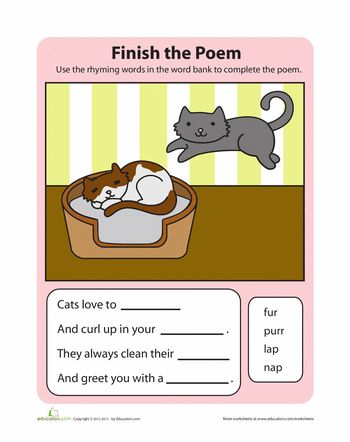
Finally, I would like to talk about asonance rhyme - based on the identity of the stressed vowels of the rhyming lines and the difference in the vowels that follow them. In a rich assonant rhyme, not only stressed vowels coincide, but also the following vowels and the preceding consonant:
foggy - starches, gang - dog, orphans - crowns, glove - Luciana they tyrannize, the banner is not enough, the hands are a bullet
Usually such a rhyme is in dire need of support by other sound techniques.
By the way, in Spanish poetry, assonance rhyme is considered just classical and noble, and exact - folk, rough.
Assonant rhyme is almost always feminine, rarely dactylic, and only among the incompetent without a sense of taste or beginners is masculine.
If we turn again to my study with the penetrating supporter, we will see that adjacent lines are combined in it with a visual rhyme, while the poem also has a cross-assonance rhyme, everywhere unsaturated: orphan, Gascon - Lancelot.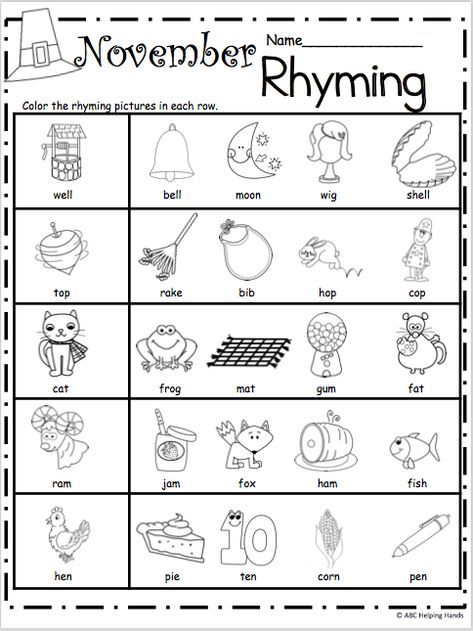
This is another example of how mirage rhymes support each other.
In conclusion, I can not help but note that mirage rhyme requires a good, solid rhythmic or syllabic skeleton - it is almost impossible to write a good poem in a more or less free rhythm and at the same time with mirage rhyme.
A very interesting variety of asonance rhyme is a rhyme with alternating consonants: vowel and can also be of varying degrees of saturation.
This is how it looks in the poem:
A dog roams in my bedroom at night,
A black dog, blacker than the sacred Kaaba.
Wanders and bares its fangs from behind the curtains on the moonlight
A small disk, silvering my window has fallen.
When working with mirage rhymes, it is worth remembering that even the richest of them is still poorer than even an approximate classical rhyme, not to mention rich and rich classical rhymes, and therefore they usually do not combine well in forms other than pseudo-monorim. And yet they can be combined if you create a solid rhyming pattern for them, for example, even couplets with a classical rhyme and odd couplets with an assonant rhyme, or odd lines with a consonant rhyme, and even lines with a classical one.
And yet they can be combined if you create a solid rhyming pattern for them, for example, even couplets with a classical rhyme and odd couplets with an assonant rhyme, or odd lines with a consonant rhyme, and even lines with a classical one.
SOUNDS, RHYMS, FORMS... | Science and Life
Nikolai Shulgovsky (on the right, penultimate in the first row) - student of St. Petersburg University, 1908 (published for the first time).
View full size
‹
›
Rhymes, that is, consonant endings of words, play an important role in versification. Rhyme is an important formative element in verse and its special sound beauty. In addition, the sounds of speech themselves play an important role in the poem, for example, to depict some sound phenomenon in life and nature. There are even special (onomatopoeic) words that either literally imitate the natural phenomena they denote by sounds, or express them conditionally. The first group includes such words as, for example, buzz, whistle, whistle, crunch, crunch, howl, howl, etc.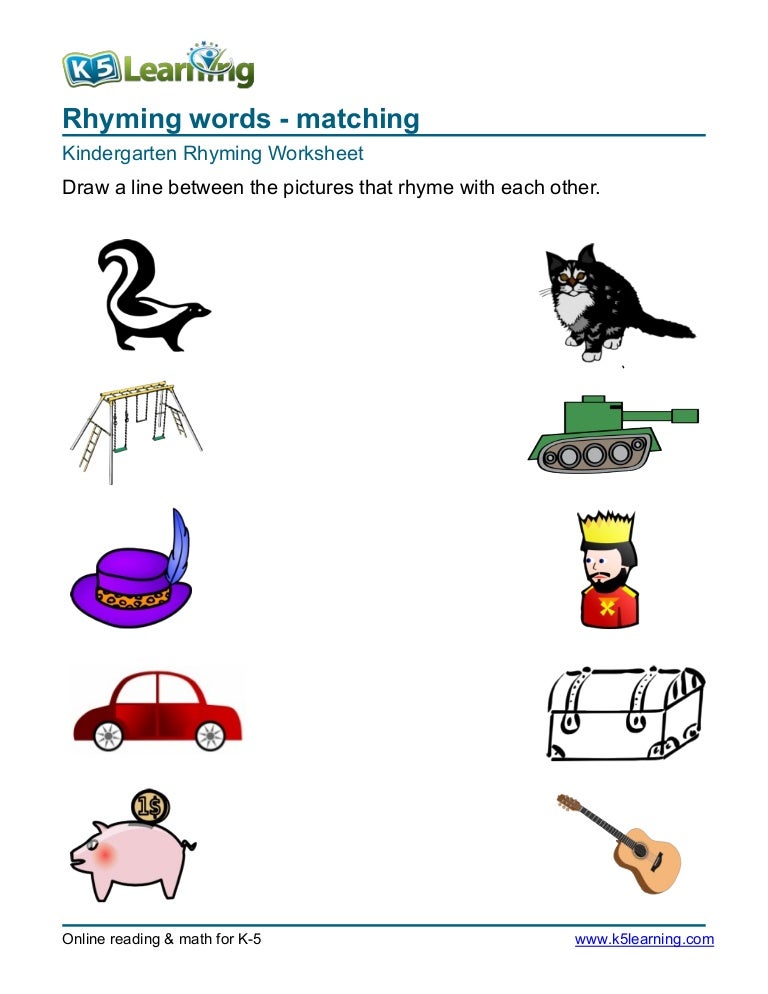 The second group includes conditional ones, for example: ah! Alas! Oh oh oh! ouch! Oh! ha, ha, ha! hee, hee! ding, ding, ding! etc., similar to exclamations issued by people on appropriate occasions, or to the sounds of known objects.
The second group includes conditional ones, for example: ah! Alas! Oh oh oh! ouch! Oh! ha, ha, ha! hee, hee! ding, ding, ding! etc., similar to exclamations issued by people on appropriate occasions, or to the sounds of known objects.
But, in addition to special words and by combining ordinary ones, such combinations of sounds can be obtained that more or less closely express any natural sounds.
Of course, in verse it is necessary to avoid ugly, any whistling, hissing, etc. consonances. It would be strange if a verse declaring love were built on a whistle or a buzz, or a poem depicting evening calm would be full of growling sounds. When this is done by accident, through an oversight, then this is a mistake in the verse. But sometimes a "mistake" can be - under special conditions and with a special plan - turned, on the contrary, into a virtue. Some ugly and unacceptable combinations of sounds in a verse can sometimes be used as a special artistic device. This is the case with onomatopoeia . It is often found in high poetry, for example:
It is often found in high poetry, for example:
1) In the sounds of verse - Alexander Sumarokov's frogs croak like this:
Oh, how, oh, how can we not speak to you, to you, gods!
Fyodor Tyutchev writes that the storm "lashes, whistles and roars."
2) In the very rhythm of the verse - the speed of horse running is conveyed in the poem by Leonid Semenov:
We raced on horseback,
The wind tore and metal,
Played in horse manes,
Flooded in deserted fields.
3) The same run in the poem by Konstantin Balmont:
Red horses, red horses,
red horses are my horses.
Their manes are bright, their twists curl,
fiery explosions, neighing in oblivion...
Ivan Krylov with the following viscous dimensions conveys the slowness of the movement of a large heavy carriage:
In July, in the heat, at midday
Loose sands, uphill
With luggage and with a family of nobles
Four sobs dragged along.
It is possible to enhance the poetic effect for the listener and reader not only by onomatopoeia, but also by playing rhymes. In this case, rhymes consist of two or more words. At one time, Dmitry Minaev was famous for such rhymes:
Your poems, though strong odor,
But the general oblivion is their fate.
Of course, both with onomatopoeia and with the game of rhymes, the poem must be constructed in such a way that the connection in rhymes is interesting, and the meaning can be comical.
Often poets create verses of the so-called enigmatic form : acrostic, mesostich, tautogram and others.
In acrostic , the riddle of the writer is solved by reading the words from the first letters of the poetic lines.
In mesostih the letters that make up the "mysterious" word are lined up in the middle of the poem.
In tautogram (another name is anaphora), all words begin with the same letter:
Lazy years are easy to caress,
I love purple meadows,
I catch left-handed glee,
I catch fragile legends.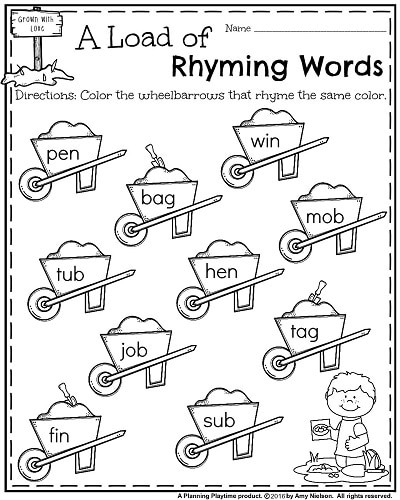
Radiant linen lovingly sculpts
Azure caressing forests.
I love crafty lilies babble,
Flying incense petals.
V. Smirensky
Poeters manage to compose verses containing a sequence of words, the initial letters of which make up the alphabet, or verses devoid of any particular letter or several letters.
The listed techniques are poetic tricks. However, there are more complex poetic tricks, where the whole hidden essence of the poem is based on the special construction of the verse and even the whole poem. Such poetic constructions include hidden verses (crypt verses, or piecewise verses) and palindromes.
The crypt verses (from the Greek "crypto" - I hide) are extremely difficult to perform. These are peculiar mysterious poems, which are an interesting form of poetic cryptography. In them, one must immediately embrace the entire given verse and both of its halves with consciousness. Thought spreads both horizontally and vertically, and care must be taken that, on the whole, its insidious parts are completely invisible at first sight, so that the whole poem has its own integral meaning, and each of its parts, both left and right, would have its own meaning.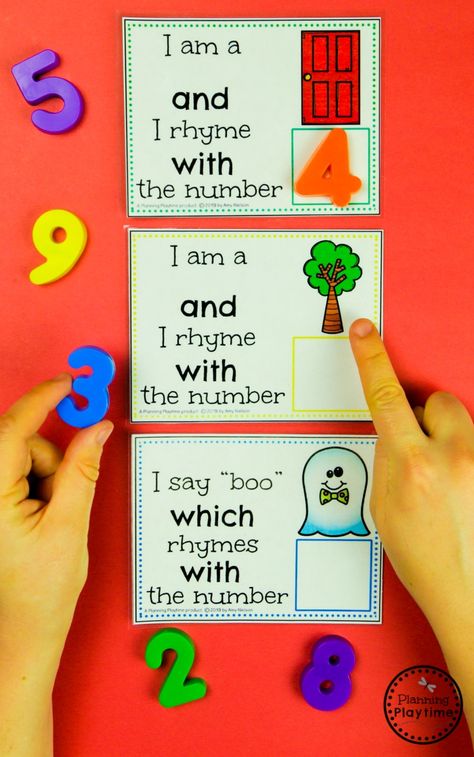
Let's illustrate this with an example - read a touching declaration of love:
I promised to keep lovingly "yes" forever...
Can I now live alone in the world?
I will never be a heartless coquette.
Loving you, believe me, is fun to drink to the bottom!
An enthusiastic lucky man in ecstasy rushes to share his joy with a loved one, from whom he has no secrets. But this man is more wise in life: he is a skeptic.
In our fast-paced age, idealism is rare. A skeptic takes a love letter, reads it, wants to congratulate his friend, and suddenly ... something catches his eye. Something strange ... "Wait a minute, wait a minute," he says, and, to the horror of his interlocutor, without changing a word in the poem, reads:
Keep loving "yes"
Can I now
I will never
Love you, believe me!
I promised forever
in the world to live alone,
heartless coquette,
fun to drink to the bottom.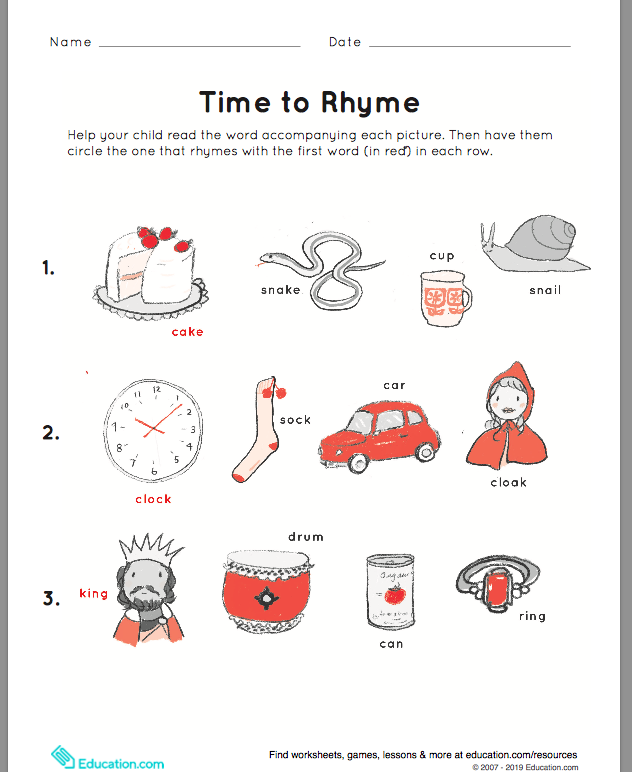
The scene is so amazing that we leave it to the amazed reader to depict it.
Another tricky form of versification is palindrome . It is a phrase or verse based not on a vertical reading, but on a horizontal one. They are read the same and with the same meaning on both sides; there are two kinds of them.
The first type of palindrome represents verses that, when read as on the left, and right are pronounced the same. This is the so-called letter palindrome. FROM many people know him:
I am glad, giving,
Darya, I'm glad.
D.I.
Unfortunately, not every such palindrome is endowed with a meaning that does not require comments.
The second type of palindrome is more difficult to create, but also more interesting. It is a poem that is read from the beginning and from the end with the preservation of the same meaning, but not by letters, but by words. The first word of the poem will be its last word, the second - the penultimate, the third - the third from the end, etc.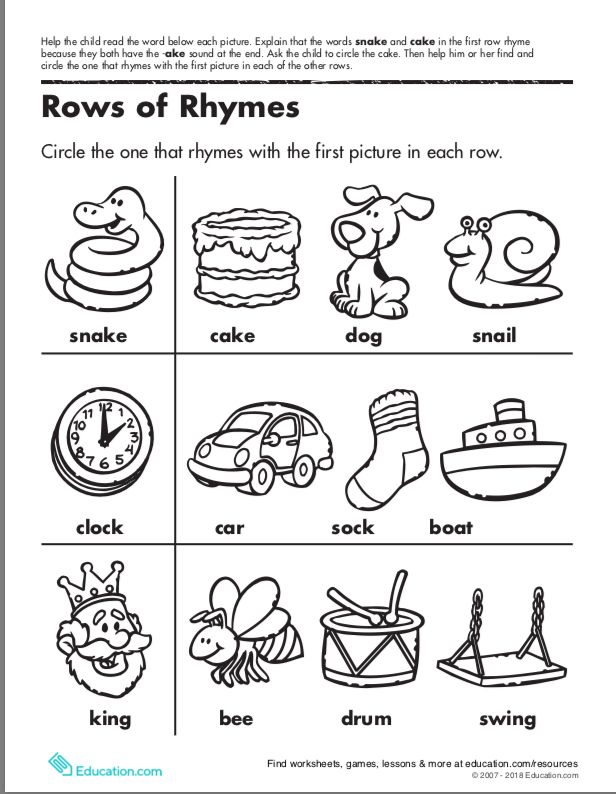 Each word of the poem, therefore, must occur twice in it. If we denote the words of the palindrome with the numbers 1, 2, 3, etc., then the scheme of a palindrome containing, for example, 8 different words, will be as follows:
Each word of the poem, therefore, must occur twice in it. If we denote the words of the palindrome with the numbers 1, 2, 3, etc., then the scheme of a palindrome containing, for example, 8 different words, will be as follows:
1 2 3 4
5 6 7 8
8 7 6 5
4 3 2 1
Here is a remarkable example of a Latin palindrome presented to Pope Pius I in the 2nd century BC. AD
Laus tua, non tua fraus, virtus, non copia rerum
Scandere te fecit hoc decus eximium.
Eximium decus hoc fecit te scandere rerum
Copia non, virtus, fraus tuf nou, tua laus.
In translation, it means:
"Your feat, not a crime, virtue, not wealth, allows you to rise to this exceptional glory. It is not wealth, but virtue, not a crime, but your feat that allows you to rise to this exceptional glory."
[As you can see, the palindrome fully meets the construction requirements. However, the attentive reader will see in it a possible, albeit hidden, meaning.
Let's try to read its second part, placing punctuation marks in it a little differently:
Eximium decus hoc fecit te scandere rerum
Copia, non virtus, fraus tuf, nou tua laus.
Let's translate the result:
"To this exceptional glory, wealth, and not virtue, your crime, and not your feat, allow you to rise."
What is it? Whether the pope guessed about such a possible metamorphosis of the text, we will probably never know, but it is obvious that the author of this poetic miniature was an inventive person. - Yu.M .]
Through the game of rhymes, you can build any poem. But such verses are also possible, the very essence of which depends on rhymes. These include monorym . In this form, the entire poem is built on one identical rhyme (reeds - breathe - silence - hurry - wilderness, etc.). Beautiful monotonous rhymes, repeated in greater numbers than in the ordinary number habitual for hearing (two or three), can create a truly artistic impression:
Heart rejoicing and tormenting,
Mournfully quiet, melodious
They roar, they roar of monotony.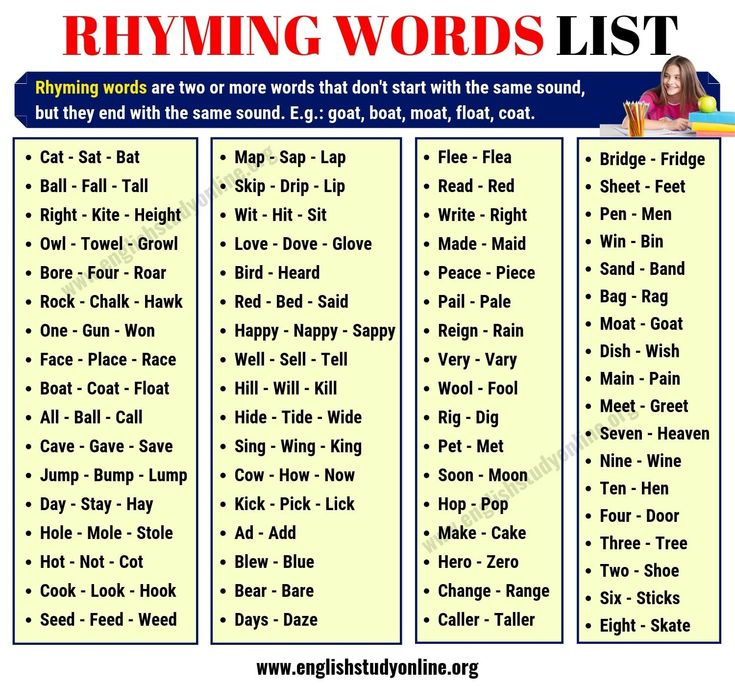 ..
..
That is not thunderous lightning
Red-flame burning...
Not the fires of the sea are ebullient...
Dawns scarlet, burning...
These are flying sparks
Mournfully quiet, melodious
Single flowers - monotones.
Vl. Lebedev
Poems can be composed in the form of well recognizable objects. Such poems belong to poetry of subject form . It originated in ancient Rome. And the examples of such poems, in their appearance along the framing contour, corresponded to what was described in them: an ax, an ax, wings, an egg, a goblet, a cross, a palm tree, a tower, a trapezoid, a pyramid.
The "secret" of subject poems lies in the exact distribution of poems of various length, determined by the contours of the chosen form. It is desirable that the content poems went in unison with the purpose or properties of the subject. For example, by about the appearance of this book, its author wrote a joke-prospect in the form of a garden vases.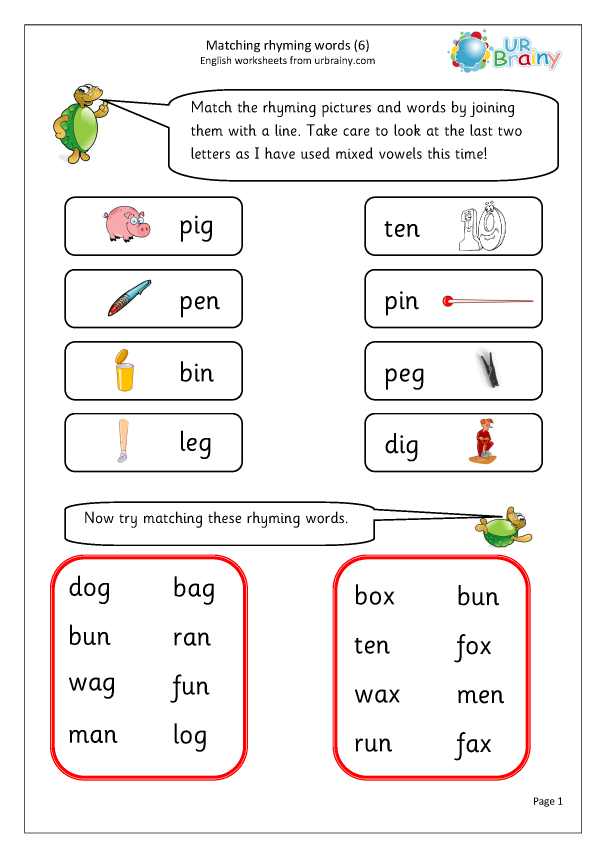 This advertising-joking poem, placed in a "vase", mentions some forms of poetry, which are described in the book (burime, "echo", logogriff etc.):
This advertising-joking poem, placed in a "vase", mentions some forms of poetry, which are described in the book (burime, "echo", logogriff etc.):
Poets respond to all phenomena of life with verses and poems of any form and length.
So, often in collections of poems you can find a poem with a sharp thought - epigram . In modern poetry, the word "epigram" denotes a mockingly satirical (sometimes - "poisonous") poem addressed to a certain person. The advantage of epigrams is the brevity of the verse and the accuracy of the "prick". We give examples of epigrams.
Tip
You are cold and empty: winter is in your verses.
To give them heat, warm them in the fireplace.
P. Kozlov
Karamzin street
In his "History" elegance, simplicity
They prove to us without any partiality
The Necessity of Autocracy
And the charms of the whip.
A. Pushkin
As opposed to the lightness of the epigram, there is a special form of verse devoted to meditation and maxims.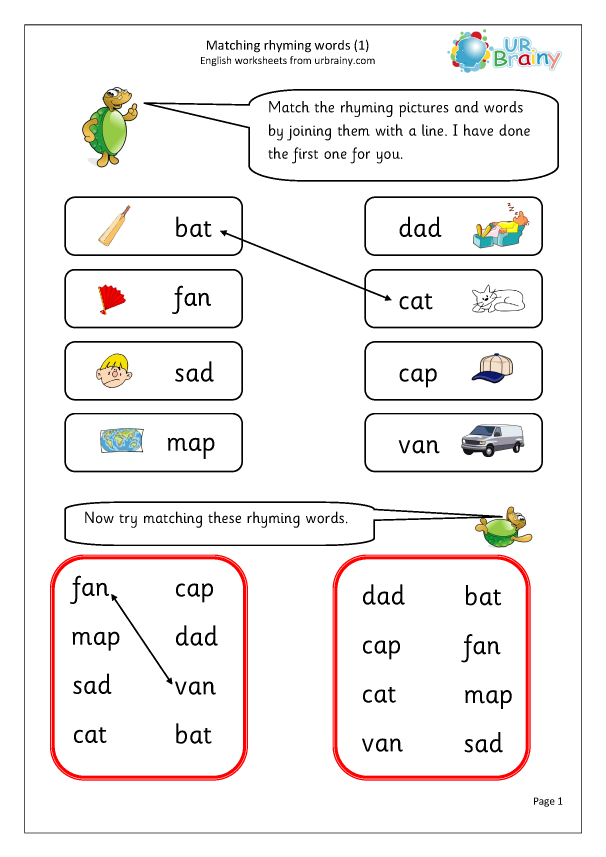 This is dwarf , a poem expressing some thought, mainly in the moral field, and consisting of one or more couplets. Examples:
This is dwarf , a poem expressing some thought, mainly in the moral field, and consisting of one or more couplets. Examples:
Don't marry a brightly shining beauty:
The torch irresistibly draws moths to itself.
A. Semenov-Tyan-Shansky
In the world, always say goodbye to a person, because you don't know -
It's not the last time you see him in your life.
N.N.
Poets do not disregard both joyful and sad events. In connection with the death and burial of a person in poetry, there is a special form of poetry - epitaph , i.e. an inscription on a monument. Its content is praise for the deceased, reasoning, moralizing, addressing a passerby, etc. Often epitaphs are written from a person buried under a monument. So, at the Volkov cemetery in St. Petersburg there is an old monument, the poem on which begins with the words:
Passerby, you are coming,
But you lie down like me...
There are also humorous epitaphs. At the Okhtensky cemetery there was a monument erected after cholera in the 30s of the 19th century. The epitaph on it was:
At the Okhtensky cemetery there was a monument erected after cholera in the 30s of the 19th century. The epitaph on it was:
I spoke correctly:
Don't eat berries, Ilya.
You didn't listen to me -
I ate all the berries.
So you died, Ilya!
I spoke correctly...
But let's get back to life.
All poetic forms that we have considered require both time and labor for implementation. But there is one form that is created, or at least should be created almost instantly. This is impromptu .
This name is given to poems written immediately on occasion and very quickly, without preparation. Here is a wonderful impromptu of A. Pushkin, indignant at the fact that he was sent to work to conduct the "case of locusts." Piles of government papers could not have clarified this case better, as Pushkin found out with his inherent genius, writing the following on the cover of the "case":
Locust flew, flew
And sat down.
Sat, sat, ate everything
And flew away again.
Let's complete our short digression into the field of entertaining versification with a humorous form of poetic creativity - parody .
Parody is appreciated and loved by both readers and listeners.
The name of the parody comes from the Greek parados - singing inside out. Most likely, parody developed from satirical farces, which were given for the pleasure of the public in Ancient Hellas after the end of serious tragedies and where their content was often ridiculed.
The essence of parody (not to be confused with an epigram! - see above) is that the parodied serious work more or less retains its form, but the content is changed, which is why the thoughts and images of the main work, when applied to the new content, begin to acquire a comic shade. The main purpose of parody, of course, is mockery, although it is good-natured, but often parodies are of great benefit to the authors of serious works, pointing out to them some shortcomings or monotony of methods that they would not have noticed without parody.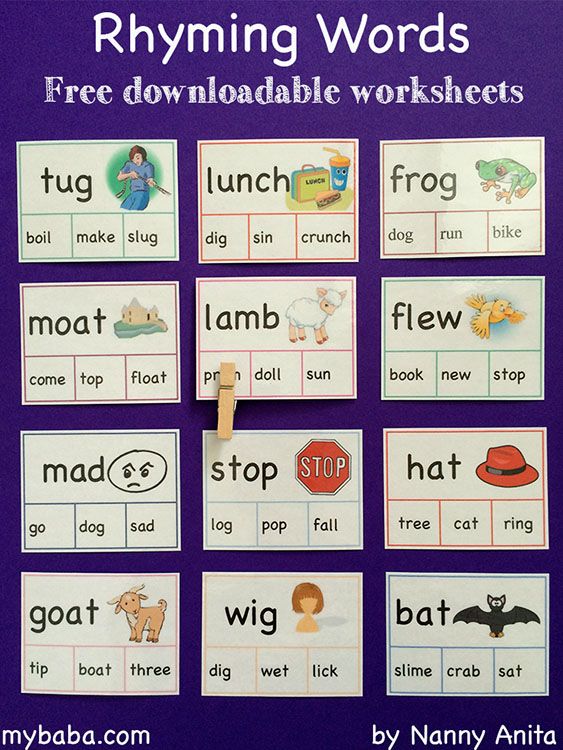
For parody, either a well-known author (at least for a given moment) or a well-known (at a given time) work of his is chosen, and the parody must constantly retain the techniques of the work of the parodied author so that he is immediately recognized by the parody, even if when his name is not given. To be offended by a parody is possible only with sick pride. Usually a talented parody glorifies the person being parodied even more and, in any case, cannot offend or humiliate a genuine talent.
Art parody Anna Akhmatova
I will light my last stub,
Unravel the meaning of dreams
And I will send you a terrible gift -
Letters from all my suitors.
After all, one and now with me
Walks in the morning in pajamas,
And another
left yesterday On the boat along the Kama.
E. Gerken
Parody of Vladimir Mayakovsky
Naughty - for me
Eat a fig! -
Parody will not be released,
I'll write it myself.




